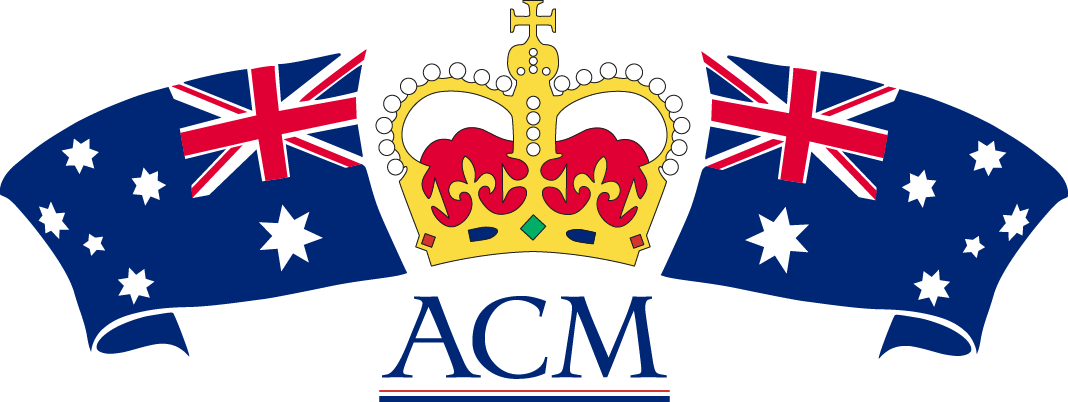
The constitutional safeguards requiring the politicians put all of the details on the table before the people vote on constitutional change are there "…not to prevent or indefinitely resist change…but in order to prevent change being made in haste or by stealth, to encourage public discussion and to delay change until there is strong evidence that it is desirable, irresistible and inevitable".
(Founding Fathers, Sir John Quick and Sir Robert Garran)
Australians could be forgiven for believing that the defeat of the 1999 proposal should have settled the issue.
After all, the Australian Republican Movement announced it would not be around after the referendum. In the aftermath of this devastating result, the landslide defeat in 1999, the penny dropped. The small but noisy group behind this have finally realised what is obvious. They are unable to produce a republican model which, when grafted onto the 1901 Constitution, will maintain its integrity.
Their ultimate weapon was that with the New Year of 1 January, 2000, with the Olympics, and with the Centenary of Federation, we would be demeaned, disgraced and ridiculed by the whole world because of our Constitution and our flag. This has now been shown to be lacking completely in either merit or truth.
So the Australian Republican Movement, which promised it would no longer exist on 7 November, 1999, come what may, now demands that the taxpayers waste more money and the legislators spend more time on a cascading series of plebiscites which is designed to ensure a decade of constitutional instability.
So what precisely is being proposed? Notwithstanding the clear message from so many Labor supporters, who like their flag and their Constitution, ALP Leader Kim Beazley announced this to the 2000 ALP National Conference:
"We need a process which gives all Australians a greater sense of ownership and genuine involvement in any proposal for a Republic. As I have said publicly, this could be achieved with the three-step consultative process which would begin with a plebiscite on the threshold question: do we want an Australian as our Head of State? If a majority of people agree, a second plebiscite would follow to determine the preferred mode of selecting the Head of State. Finally, a constitutional referendum would be held based on the outcome of the two plebiscites".
No doubt to the surprise of his audience, Mr Beazley disowned the model for which he had so vigorously campaigned in 1999. The fault, he said, was all Mr Howard's. The process Mr Howard "set up failed to deliver Australians a model they could accept"! Mr Beazley indicated in a speech in Perth on 7 October, 2000 that the first plebiscite will be held in conjunction with the federal election after the next election.
This would be preceded by a programme of "community education", no doubt taxpayer funded. The first plebiscite would cascade into the second plebiscite, which will presumably coincide with the following election. After some sort of drafting exercise involving conventions and forums, a referendum would be sometime later. (If it is to be like the campaign after the 1993 model was unveiled, it will be a republican propaganda campaign.)
There is no indication that the States — and Territories — are to be simultaneously involved. Most State Constitutions require a referendum to change to a republic; it is inconceivable that any would be changed without one. It therefore seems we are to face up to eleven plebiscites and referenda. To date this process has cost $150 million. It is difficult to be precise on how much more is to be spent before a republic can be achieved — if it can.
Before the 2004 election, a Senate Inquiry, at considerable cost, endorsed the plan for two plebiscites and a referendum. The then Leader of HM Loyal Australian Opposition, Mr. Mark Latham, announced that he would apply this policy but accelerate the plebiscites and referenda. A vote on a republic would be taken in each year of a Latham Government, culminating in a republic early in the second term. Mr. Latham resigned on the grounds of ill health soon after losing that election.
The new Prime Minister, Mr. Kevin Rudd has endorsed the project. He intitially indicated a vote would take place in 2010, but more recently said this would not proceed in the first term, "if at all."
